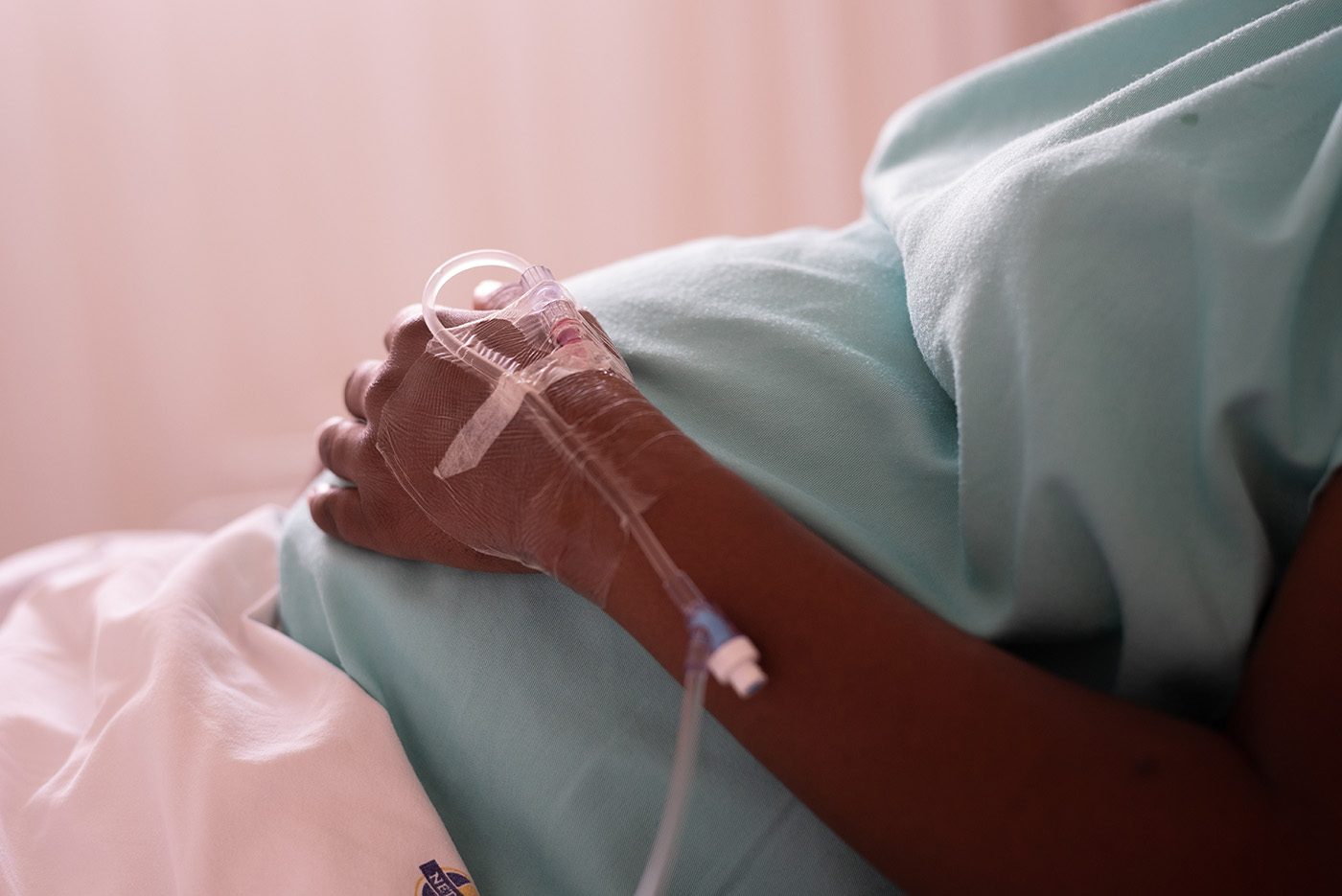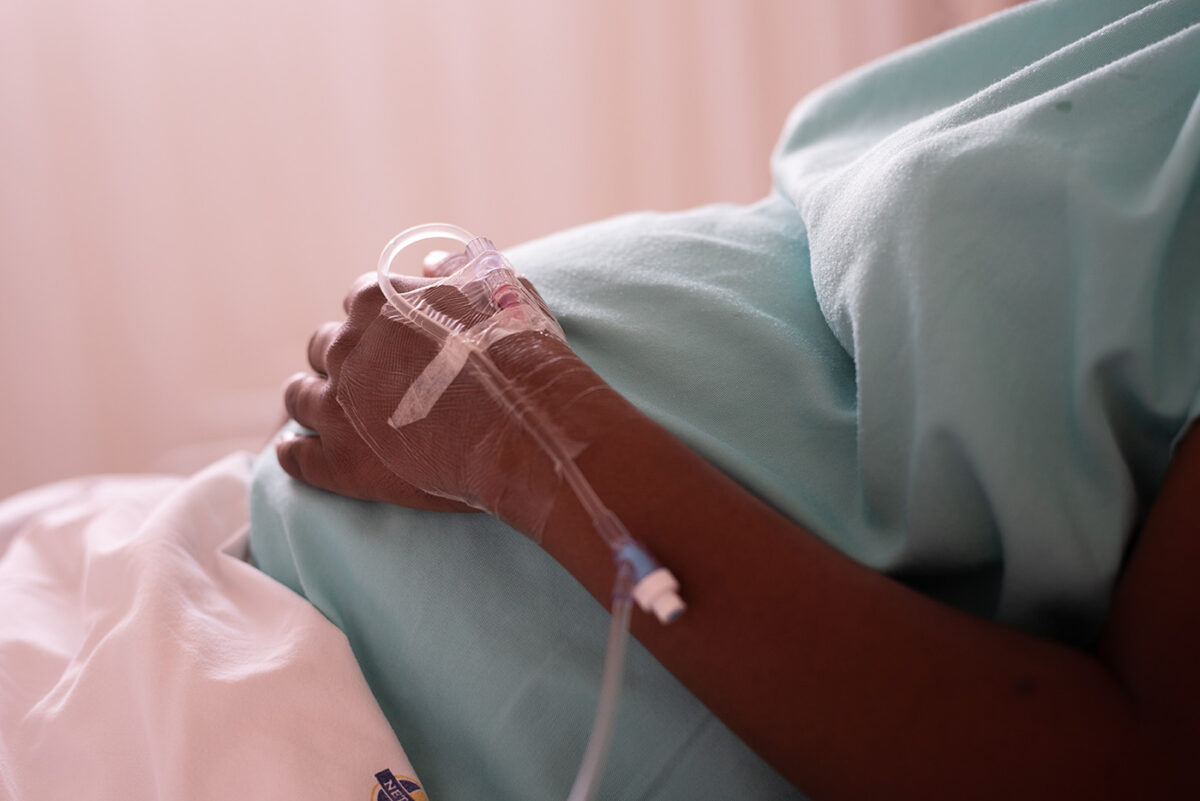
Author
John Lyon
Strategic Communications Manager
Contact
ACHI Communications
501-526-2244
jlyon@achi.net
Maintaining labor and delivery units can be financially challenging for rural hospitals. Often operating on razor-thin margins, rural facilities may struggle to meet the high cost of providing 24-hours-a-day, seven-days-a-week obstetric services while facing healthcare workforce challenges, low patient volume, and other issues. Since 2019, seven Arkansas hospitals have closed their labor and delivery units, requiring mothers to travel farther for care and increasing health risks. Nationwide, more than 100 rural hospitals have closed their labor and delivery units since 2021, leaving only 42% of rural hospitals providing obstetric services.
As health leaders and policymakers grapple with this issue, it may be worthwhile to consider how some rural communities have managed to maintain access to labor and delivery services despite major obstacles. A recent article by The Commonwealth Fund highlights success stories from the four states that have the lowest rates of OB-GYNs per 10,000 births: Alabama, Mississippi, Oklahoma, and Texas.
Success Stories From Four States
- When Adam Willmann became CEO of Goodall-Witcher Healthcare in Clifton, Texas, in 2012, the hospital was losing upwards of $750,000 a year. Willmann had the facility reclassified as a critical-access hospital, making it eligible for cost-based reimbursement from Medicare. He also recruited four family physicians with experience in obstetrics to help manage the labor and delivery call schedule. Voters approved a new property tax levy, and state lawmakers increased supplemental payments for rural hospitals in 2024 that included higher compensation for births covered by Medicaid. The hospital is no longer losing money, and births are now up 30% from pre-pandemic levels.
- Oklahoma extended postpartum Medicaid coverage from 60 days to a full year, increased Medicaid reimbursements to some rural hospitals, required Medicaid to cover doula services, and created the Supplemental Hospital Offset Payment Program, which is designed to close the gaps between Medicaid, Medicare, and commercial insurance reimbursements. Weatherford Regional Hospital has benefitted from these policy decisions, as well as its affiliation with St. Anthony Hospital in Oklahoma City and its reclassification as a critical-access hospital. Weatherford Regional now delivers 300 babies a year, and its maternity care program began turning a profit in 2024 after years of financial losses.
- In Alabama, Dr. John Waits, a family physician with obstetrics training, was determined to offer labor and delivery services after Bibb Medical Center in Centreville stopped delivering babies. Waits cofounded Cahaba Medical Care as a single clinic in 2012; since then, it has leveraged a range of federal supports, including grants from the Health Resources and Services Administration, to expand to 27 care sites across six counties.
- Also in Alabama, artist and entrepreneur Michelle Browder launched a mobile clinic to reach low-income residents with limited access to transportation. The mobile clinic is staffed by a team that includes doulas, midwives, nurses, and OB-GYNs, many of whom volunteer their time or receive grant-funded stipends. They travel to rural communities twice per month, sometimes at the request of state legislators, to deliver maternity and primary care. Browder has also created a respite home for moms, Mother’s Rest, where patients can receive services such as lactation assistance or massages.
- The Mississippi Center for Emergency Services, based at the University of Mississippi Medical Center, developed a program to support rural hospitals without labor and delivery units by training emergency department staff, paramedics, and other healthcare providers to recognize and stabilize pregnant or postpartum patients until they can be transferred to a higher level of care. The program uses maternal simulators that can mimic symptoms such as preterm labor, preeclampsia, and postpartum hemorrhage, and infant simulators that can cry, move, and turn blue — requiring trainees to make split-second decisions about how to care for them. When the program was launched in 2021 with a grant from the W.K. Kellogg Foundation, it was intended to train 100 people. Four years later, it has trained nearly 1,000 people and is being considered for expansion to neighboring states.
Efforts in Arkansas
Arkansas, which has the fifth-lowest rate of OB-GYNs per 10,000 residents, currently has 33 birthing hospitals serving 75 counties. In the 2025 regular session of the Arkansas General Assembly, maternal health care was a major focus of legislators and Gov. Sarah Huckabee Sanders. The state moved to increase Medicaid reimbursements for physicians to deliver babes and provide prenatal and postnatal services by 70%. Lawmakers also approved measures to create presumptive Medicaid eligibility for pregnant women, create a certification process for doulas, establish reimbursement pathways for services provided by doulas and community health workers to pregnant and postpartum women, and require Arkansas Medicaid to cover certain pregnancy-related remote services.
Uncertain Future
Rural hospitals face an uncertain future. One-third of the nation’s hospitals are at risk of closing, and in Arkansas, two-thirds are at risk. To protect the health of rural moms and babies, health leaders and policymakers will need to identify and implement the strategies that provide the best opportunities for maintaining access to care.
For more on maternal and infant health in Arkansas, see our topic page.






